Disinfection Technologies for Small Water Systems
Only logged in customers who have purchased this product may leave a review.
Related books
Disinfection of Water
Disinfection of Water
Disinfection Processes
This course includes content developed by the Pennsylvania Department of Environmental Protection (Pa. DEP) in cooperation with the following contractors, subcontractors, or grantees: The Pennsylvania State Association of Township Supervisors (PSATS) Gannett Fleming, Inc. Dering Consulting Group Penn State Harrisburg Environmental Training Center
Disinfection Processes
This course includes content developed by the Pennsylvania Department of Environmental Protection (Pa. DEP) in cooperation with the following contractors, subcontractors, or grantees: The Pennsylvania State Association of Township Supervisors (PSATS) Gannett Fleming, Inc. Dering Consulting Group Penn State Harrisburg Environmental Training Center



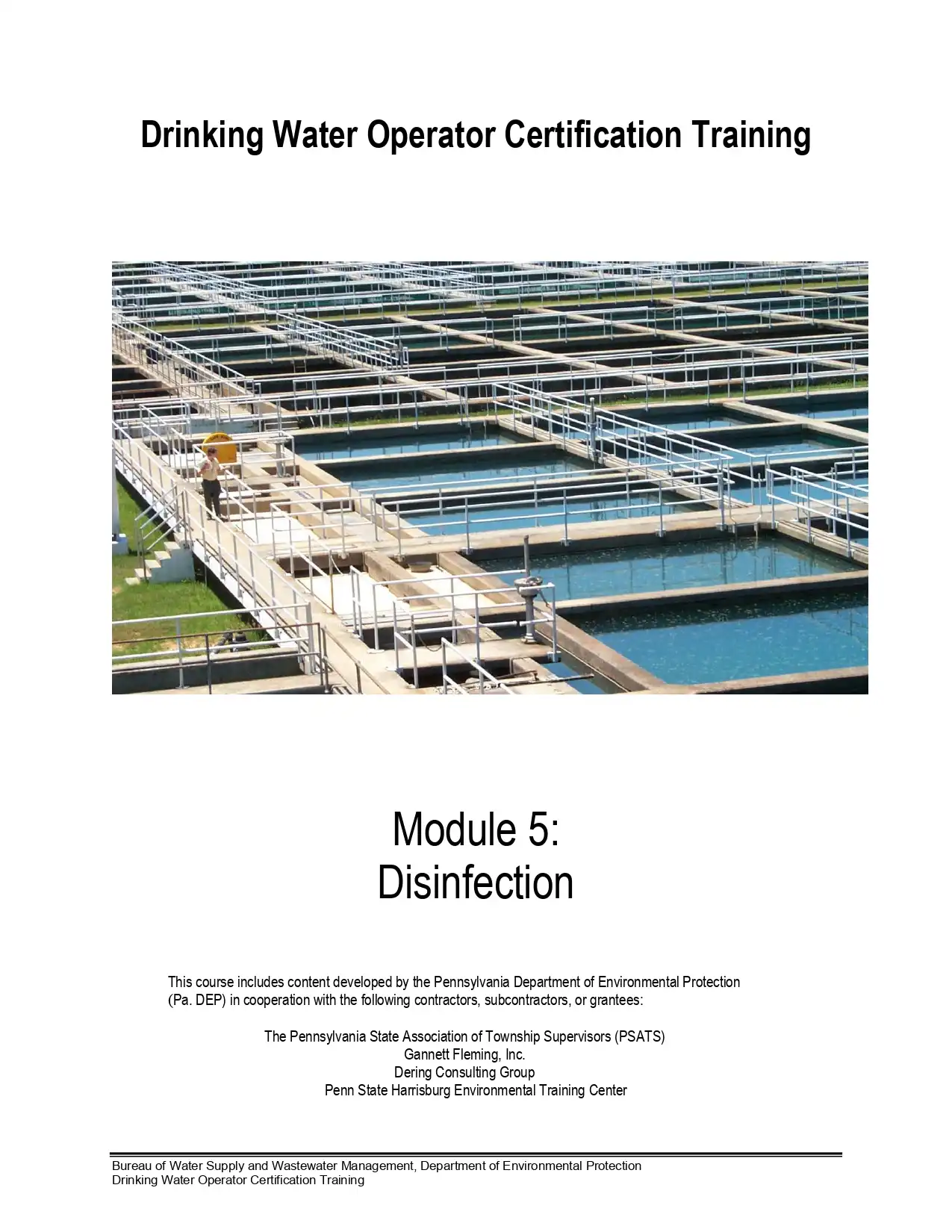
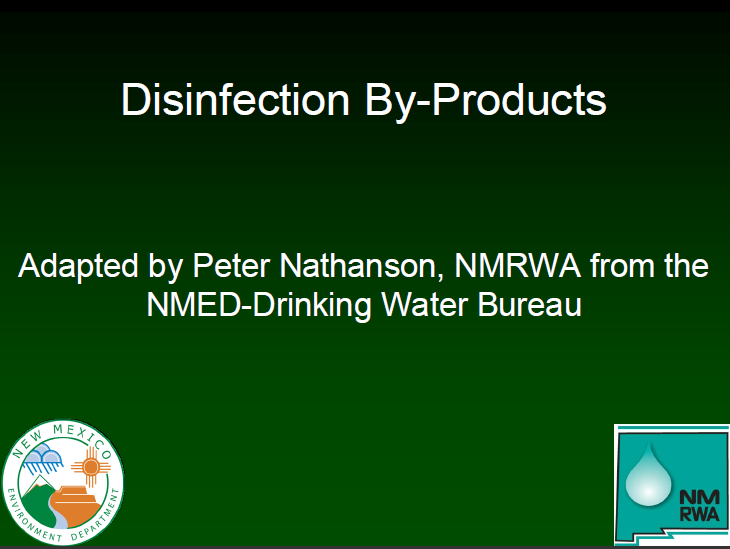

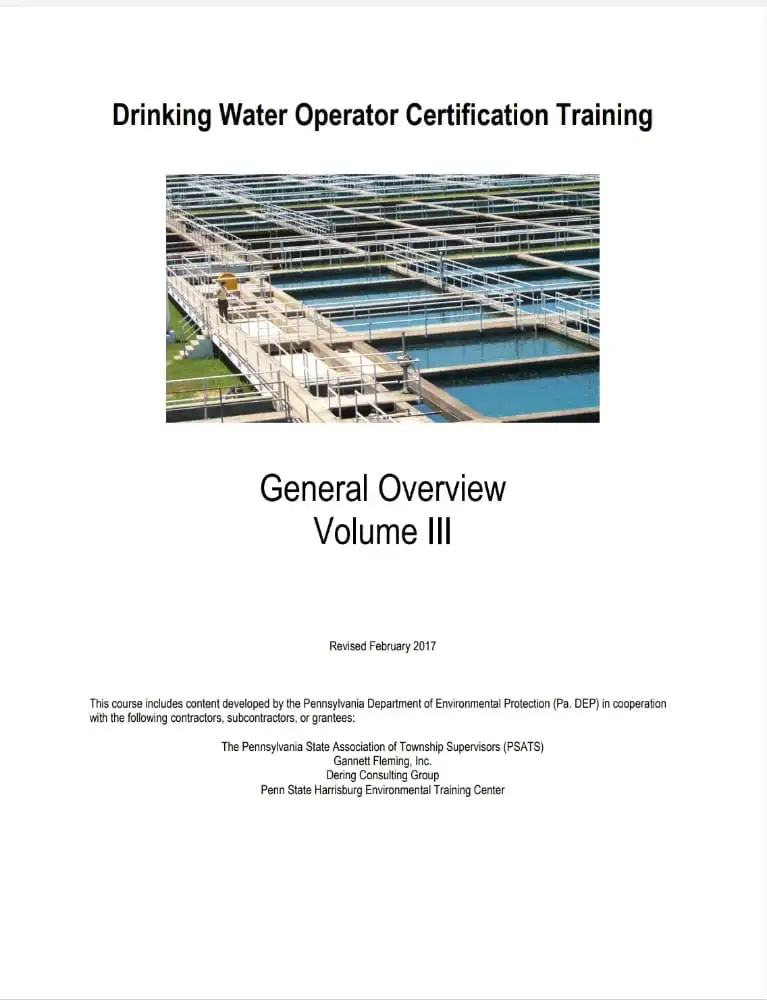
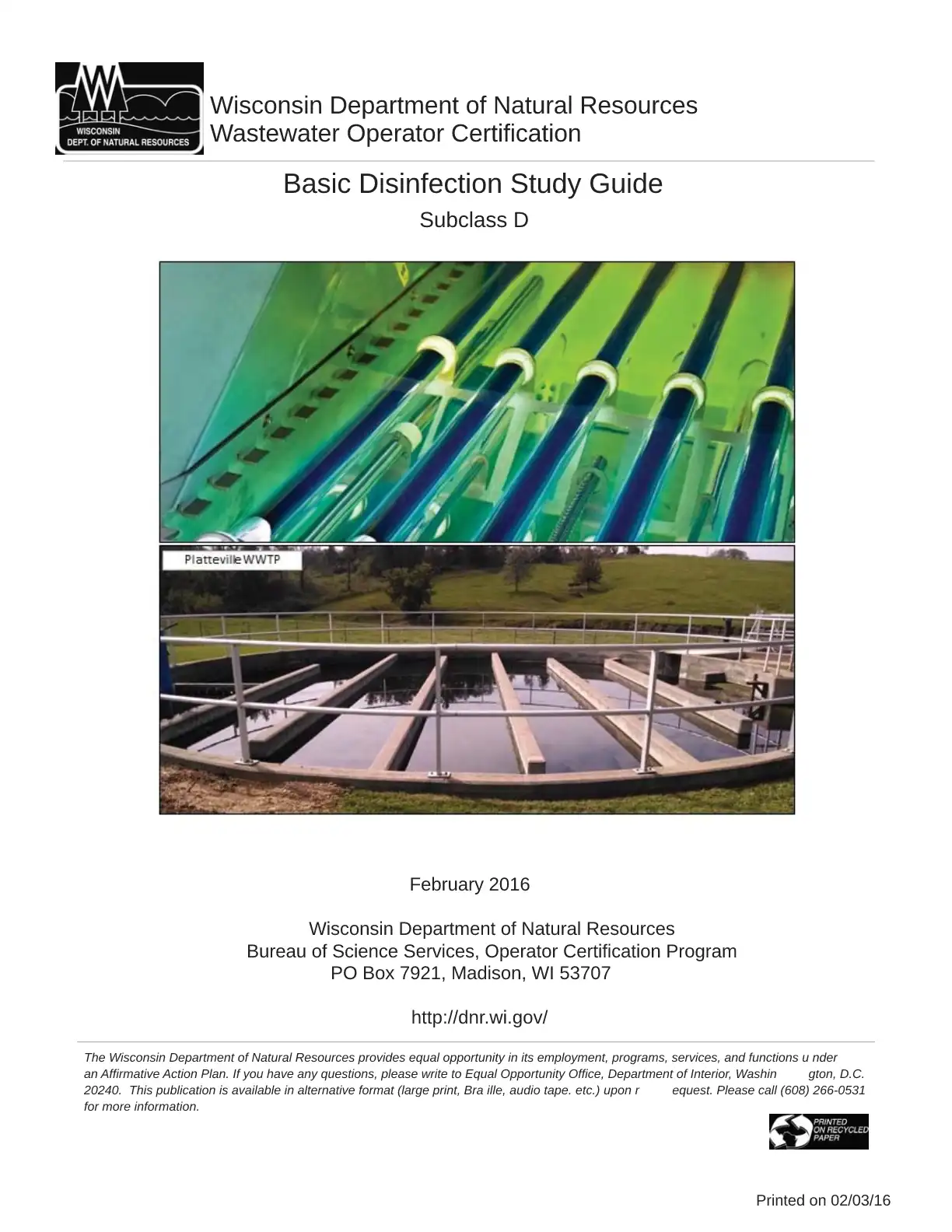
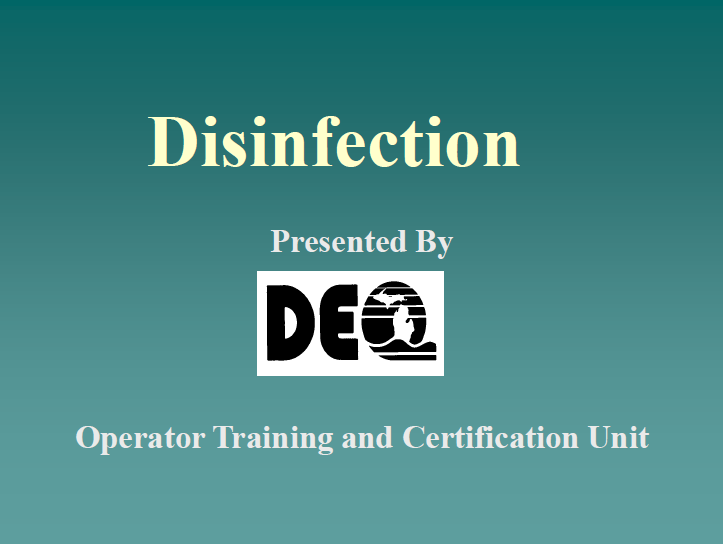

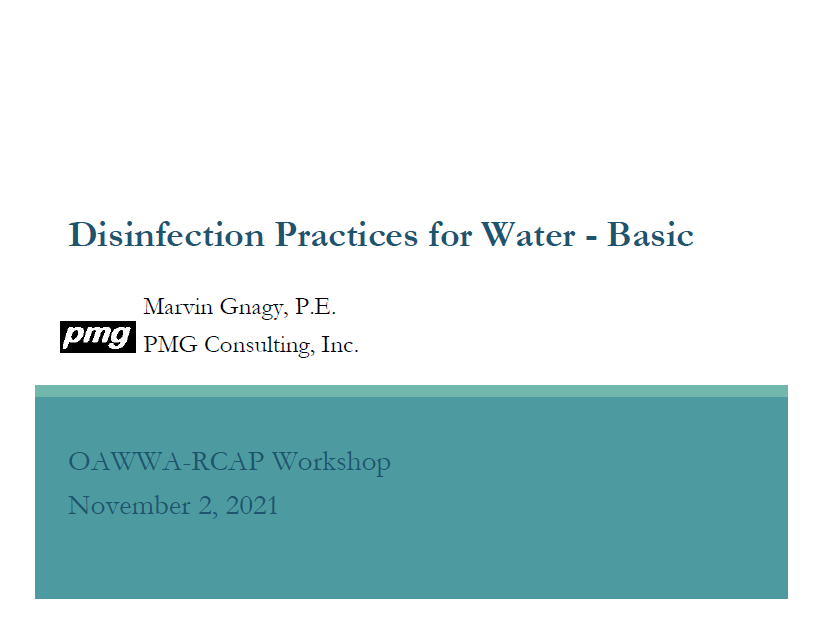
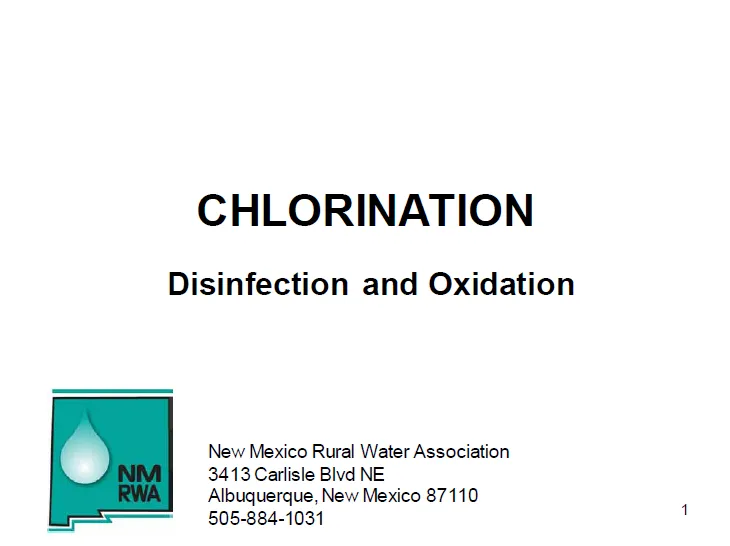
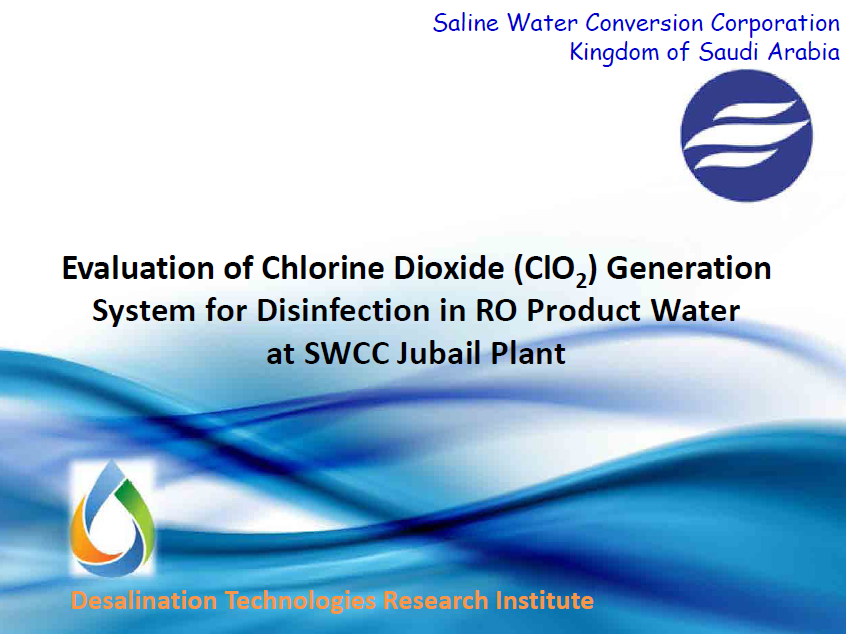
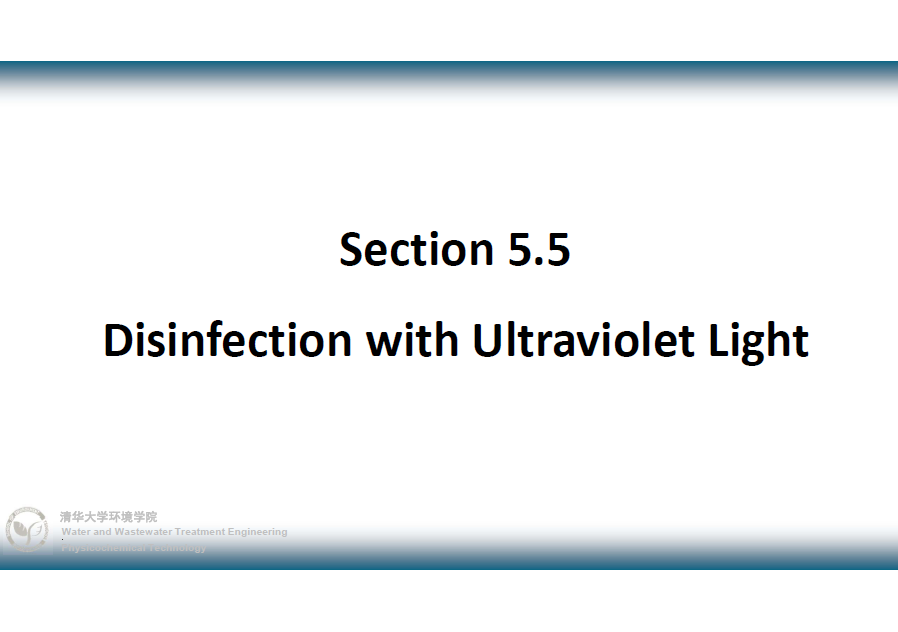
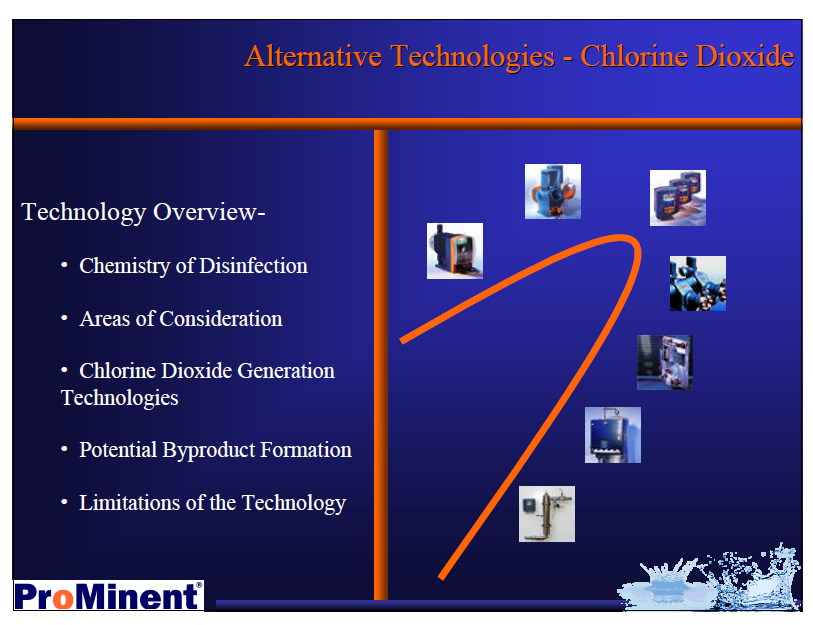
Reviews
There are no reviews yet.